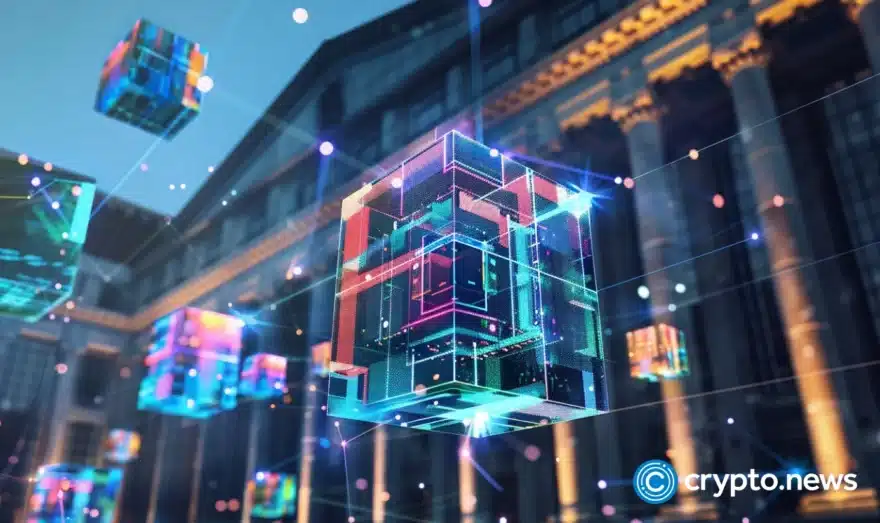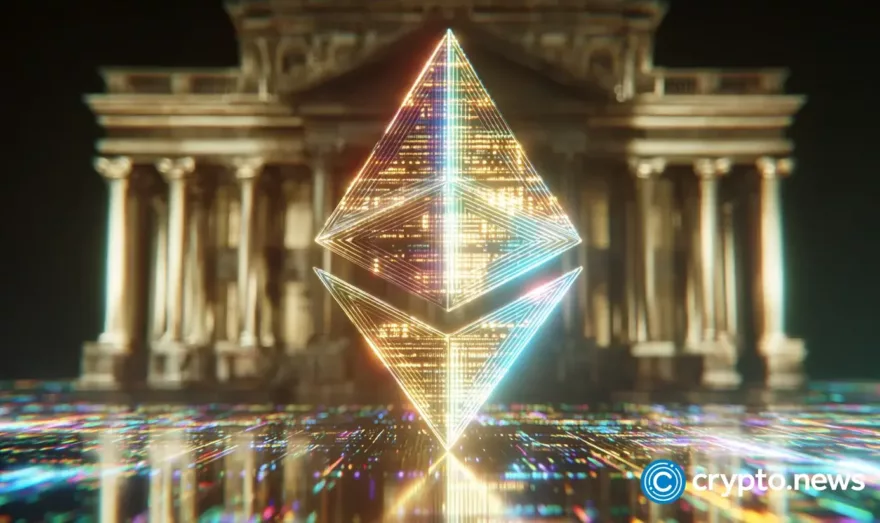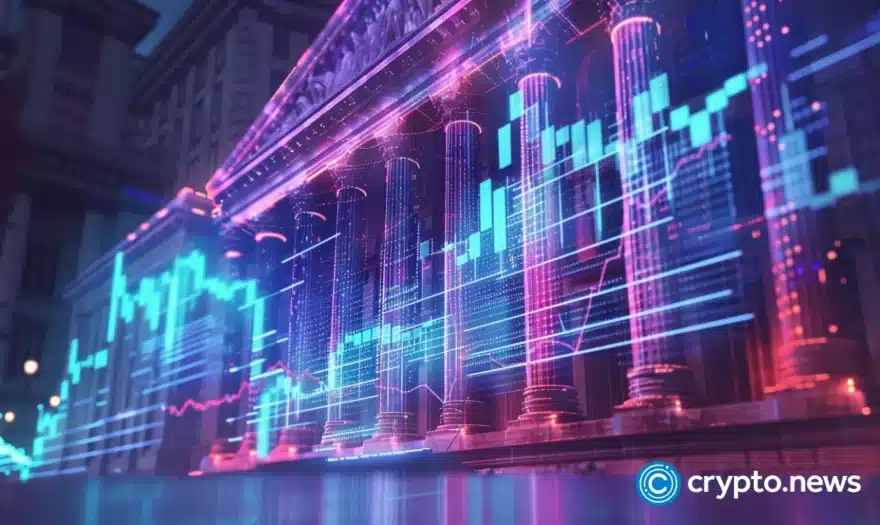Crypto analytics need to catch up and beat TradFi standards | Opinion

Disclosure: The views and opinions expressed here belong solely to the author and do not represent the views and opinions of crypto.news’ editorial.
Traditional finance has long been the gold standard for data-driven decision-making. Analysts can log into Bloomberg or FactSet and instantly access decades of meticulously curated, standardized data. This wealth of structure enables the high-precision analytics and risk modeling that form the backbone of global financial markets.
- Traditional finance benefits from uniform reporting and decades of structured data, while crypto remains fragmented, inconsistent, and noisy, making meaningful analysis difficult.
- With open, real-time blockchain data, AI models can detect patterns, forecast liquidity shifts, and interpret transaction behavior faster and more precisely than traditional analytics.
- As AI-driven systems mature, crypto analytics will evolve from visualization to prediction and automation—enabling fully AI-native funds and real-time, self-optimizing financial strategies.
Crypto, by contrast, is drowning in raw data but starving for insight. Every transaction, contract, and movement of funds is public and immutable, yet our ability to interpret this sea of information remains primitive. The irony is stark: we have more transparency than any financial system in history, but less understanding of what it all means.
But that state of affairs won’t last forever. With the help of artificial intelligence, crypto may catch up to TradFi’s analytical sophistication, and even leapfrog it entirely.
When it comes to analytics, TradFi dominates the game
The reason TradFi analytics works so well is standardization. Every publicly traded company follows consistent accounting frameworks — GAAP or IFRS — and must file regular, audited reports. This uniformity allows tools like Bloomberg, Refinitiv, and S&P Capital IQ to integrate and compare data effortlessly. An analyst can line up ten banks and assess their balance sheets, capital ratios, and risk exposures, confident that the underlying metrics mean roughly the same thing across firms.
Crypto, by contrast, operates in chaos. Each blockchain uses its own transaction structure, timestamp format, and metadata schema. Even within decentralized finance, protocols like Aave, Compound, and Morpho track lending and collateral data in incompatible ways. Trying to aggregate these datasets often means writing custom code, building bespoke ETL pipelines, and manually cleaning data just to make it comparable.
On top of that, crypto’s time horizon is short. TradFi datasets stretch back decades, providing rich historical context for trend analysis and stress testing. DeFi protocols are barely five years old in many cases. Without long-term data, any type of modeling remains more art than science.
Then there’s the problem of noise. In TradFi, prices and fundamentals are grounded in cash flows and audited earnings. In crypto, the signal often gets drowned out by hype cycles and speculative behavior. A spike in Ethereum (ETH) gas fees could indicate NFT minting, arbitrage trading, or meme-coin frenzy. Without deeper contextual analytics, it’s almost impossible to tell which.
Specialized AI can help crypto turn the tables
Ironically, the same qualities that make crypto data messy also make it revolutionary. Unlike traditional finance, where most data is locked behind proprietary databases or delayed filings, blockchain data is open. Every wallet balance, transaction, and smart contract interaction is publicly visible and machine-readable.
This is where AI models can change the game, because they can directly train on raw on-chain data. Graph neural networks, for instance, can map wallet interactions and detect emerging trading clusters, while large language models fine-tuned on blockchain logs can interpret transaction intent or flag suspicious contract behavior.
An AI system could monitor liquidity flows across decentralized exchanges, lending protocols, and bridges, identifying patterns invisible to human analysts. For example, it could detect capital rotation or coordinated trading activity days before it affects market prices, thus offering predictive insight that TradFi analysts, dependent on quarterly filings, could only dream of.
Moreover, AI thrives in continuous data environments. Crypto markets never close, and every second generates new on-chain information. AI models can detect liquidity crunches, predict governance outcomes, or rebalance portfolios in real time, even when you’re sleeping. An autonomous agent could even forecast which blockchain will experience stablecoin outflows hours before they occur, based purely on transaction flow dynamics. TradFi, by comparison, moves at a glacial pace.
Crypto’s open data commons also allows for something unprecedented: collaborative, community-driven model building. An open “ChainGPT” trained on multi-chain datasets could learn collectively, improving as more people and systems contribute new insights. In traditional markets, data silos prevent this kind of networked intelligence. Even high-frequency trading firms operate within walled gardens of proprietary data.
What the future holds
Imagine an AI-native hedge fund where models continuously analyze on-chain activity, deploy capital based on liquidity shifts, and optimize yield strategies automatically. This kind of closed-loop automation is very difficult in TradFi, where custodial friction and fragmented infrastructure limit real-time execution. But in crypto, where assets are programmable and markets operate 24/7, it’s only a matter of time.
The first generation of crypto analytics platforms — Nansen, Arkham, Dune, DefiLlama — helped investors visualize what was happening on-chain. The next generation, powered by AI, will help them understand why it’s happening and what will happen next. The final generation may not need human analysts at all.













